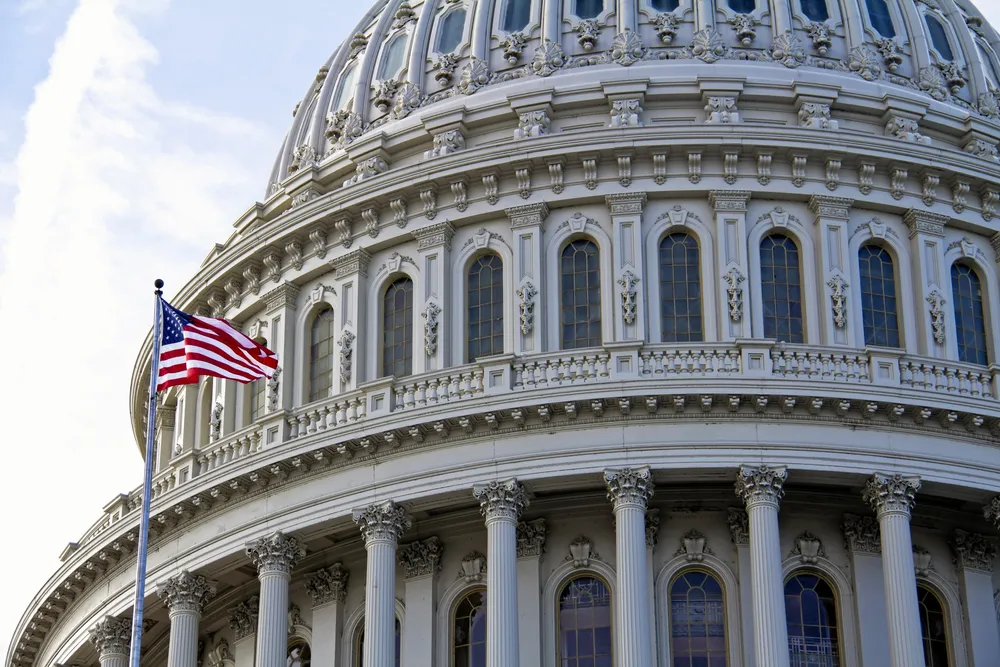New York stops offshore wind grid process on 'Washington uncertainty'
Empire State reiterates its commitment to sector while saying it must protect ratepayers

New York has terminated its offshore wind transmission tender due to “Washington uncertainty” while reiterating its commitment to development, the state utility regulator said.
The New York Public Service Commission (PSC) announced Thursday (17 July) it was scrapping the Public Policy Transmission Needs (PPTN) tender initiated in 2023 that had aimed to integrate between 4.77-8GW of offshore wind into the downstate grid that includes New York City and Long Island.
“Given the uncertainty coming out of Washington regarding offshore wind, we must act to protect consumers by withdrawing our PPTN determination,” PSC chair Rory Christian said.
Christian did however reiterate the state’s commitment to its 9GW sector goal and decarbonisation targets.
“We will continue to press forward regarding infrastructure needs for offshore wind in the future once the federal government resumes leasing and permitting for wind energy generation projects,” he said.
New York is a leader in sector development, with one project already in commercial operation, Orsted’s 132MW South Fork, while Equinor’s 810MW Empire Wind and Orsted’s 920MW Sunrise are both in at-sea construction.
President Donald Trump’s escalating attacks on wind and solar power have stilled further development.
Trump effect
Trump's Inauguration Day memorandum froze offshore wind permitting and leasing, while subjecting approved projects to reviews aimed at terminating or modifying them.
It “provides Nyserda with an opportunity to refine and strengthen our efforts to support the long-term resilience of New York State’s offshore wind industry while continuing interregional transmission collaboration, ongoing and critical stakeholder engagement, and supply chain activities,” the spokesperson said.
“It will allow us to move forward more prudently by taking into consideration how the landscape for the industry might have changed if and when the federal policy on offshore wind shifts,” the person added.
Dirty downstate grid
Amid the sector's struggles, New York’s downstate grid is in dire need of generation following the closure of Indian Point nuclear power station in 2019.
The region is now 90% dependent on natural gas and oil-fired power that is contracting as the state closes older, dirty plants, and New York Independent System Operator (NYISO) has already identified possible power shortfalls this decade.
Offshore wind was long in the frame to close the gap, but amid Trump’s onslaughts as well as rocketing costs and supply chain turmoil, it has struggled to take flight.
In response, New York has slowed the rate of fossil plant retirement that will in turn put it at risk of missing its mandated 70% clean grid by 2030.
The state is also looking to bring clean energy from Canada and the upstate region to New York City. Upstate New York's grid is almost entirely powered by hydroelectricity and nuclear.
The Champlain Power Express is already in construction and will bring 1.25GW of Canadian hydropower to the downstate grid. This alone won’t suffice, though, particularly during low water or high Canadian demand conditions when power flow will slow.
Industry advocates, meanwhile, urge the state to stay the course in preparing the grid for offshore wind.
“We need our state to invest in transmission infrastructure and support a grid that will meet rising energy demand while also enabling long-term ratepayer savings,” the Alliance for Clean Energy New York (ACE NY) and the New York Offshore Wind Alliance (NYOWA) said in a joint statement.
“There is no time to wait. The most cost-effective energy future for New York includes a significant amount of offshore wind,” the groups added.
(Copyright)